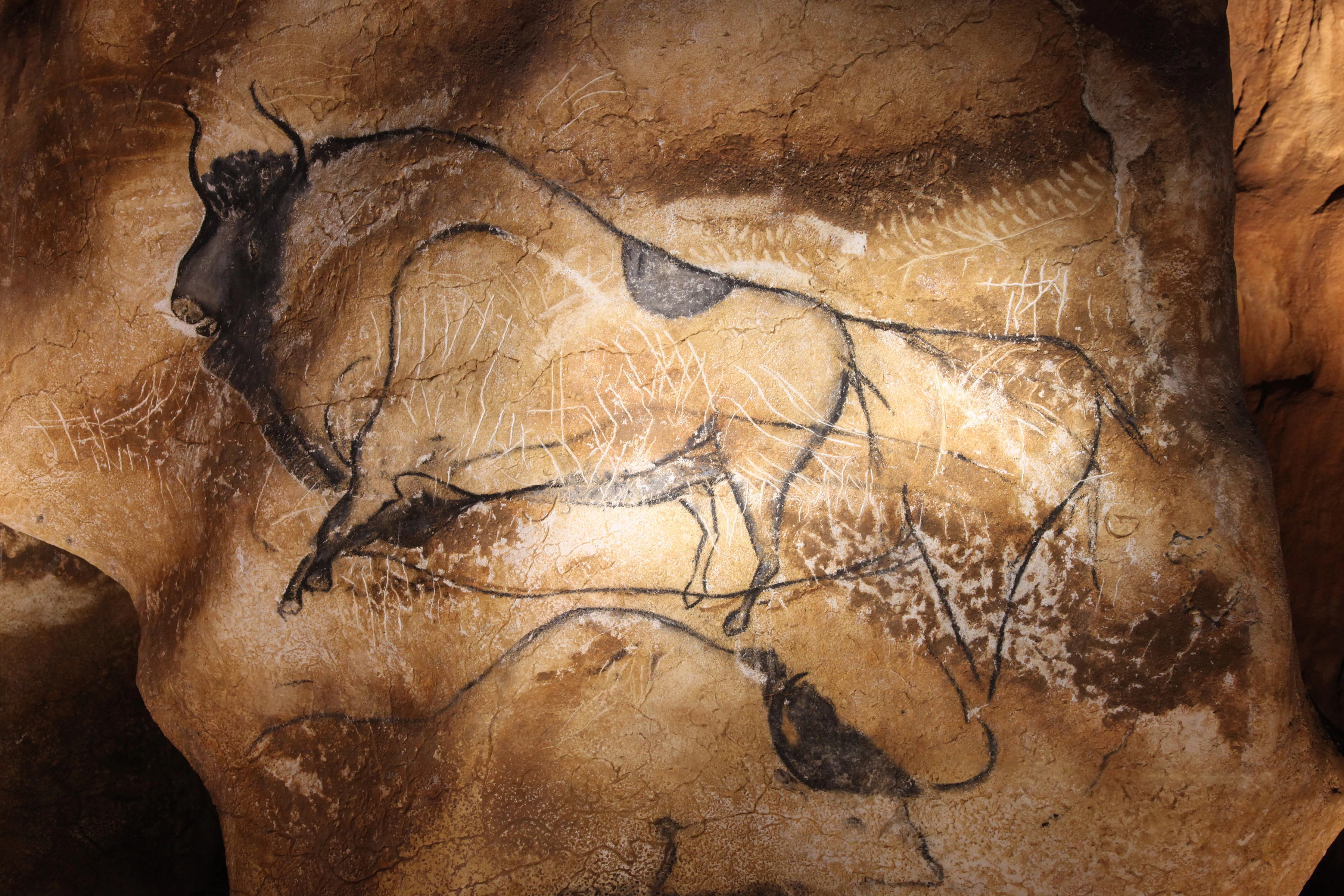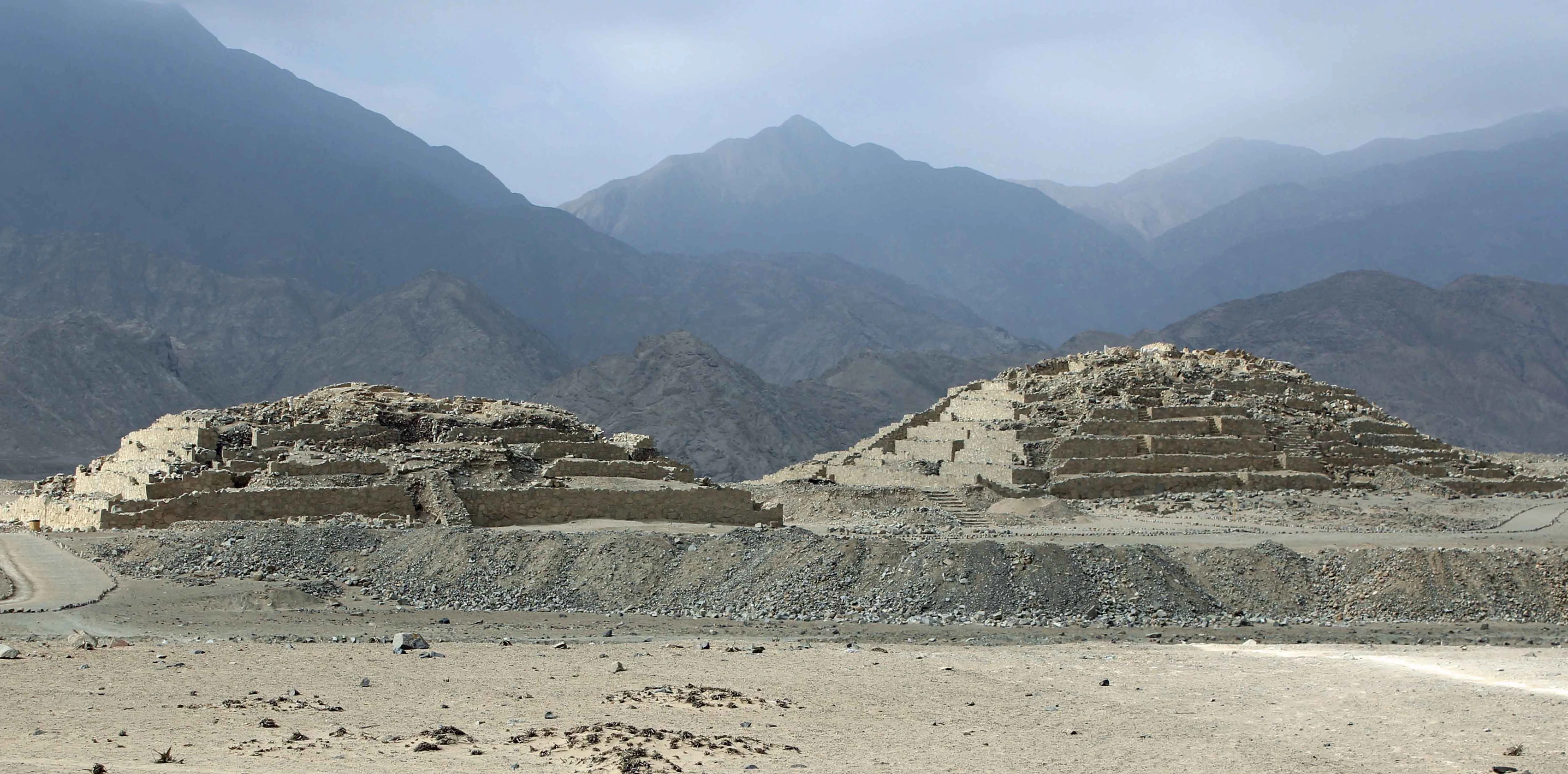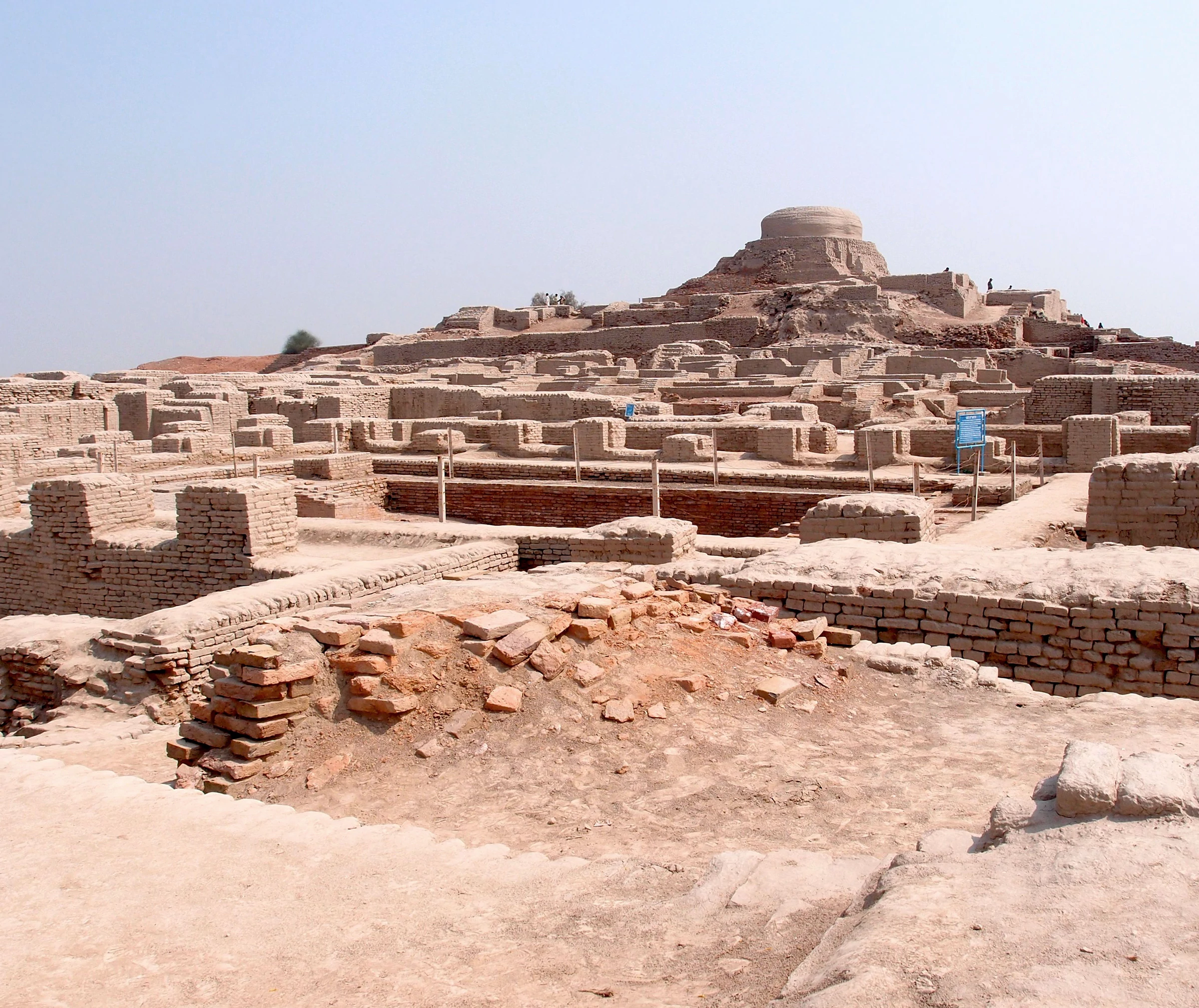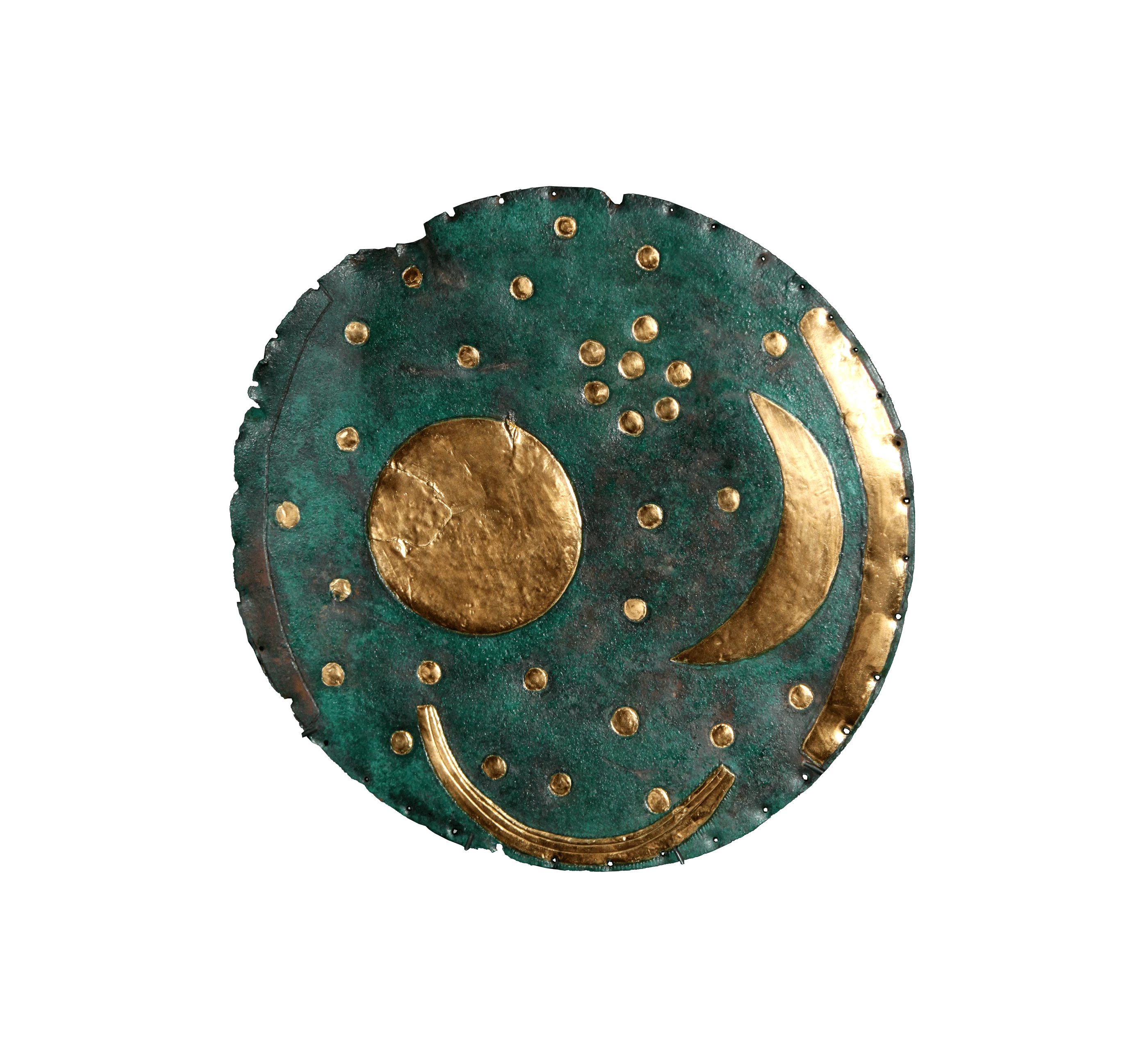Our story begins, quite literally, in 40,000 BCE. Homosapiens have supplanted the neanderthals, and over the millennia that follow this new breed of human develops spoken language and the first expressions of creativity. We call these first 35,000 years of human history ‘prehistory’ because it is the time before the invention of written language. A time when oral traditions were passed on through the generation by speaking and hearing. The stories and cultures of these early people are long gone, and without written records, the only information we have about their lives is what we can glean from the few surviving artifacts they left behind.
Prehistory is commonly divided into three periods. The Paleolithic, from 40,000 - 10,000 BCE., when hunter-gatherers roamed europe. Excavations all over the world have uncovered stone figures and tools that date to this period, as well as cave paintings hidden during the intervening millennia. The surprise of these Paleolithic artworks is in their expression. The hunter-gatherers societies carved voluptuous female figures, emphasizing fertility through breasts and thighs. These ‘venuses’ as they were called in reference to the Greek goddess of love, are usually small objects, just a few centimeters tall, but their posture and detail show reverence. Likewise, the paintings at sites like Lasceaux show rich, earthy pigments made from ocher, hematite and manganese applied to rhythmic stampedes of bison and elk. Historians speculate that these caves were ritual spaces, where picture-magic was invoked to encourage a successful hunt. All we truly know is that these early people understood the beauty of animals in motion, and obsessed over the female form. Preoccupations that make them seem not so distant to the picture-makers of today.
The Mesolithic period 10,000 - 5000 BCE, began with the end of the last ice age. Very few Mesolithic artifacts have been discovered, but the invention of the bow and arrow, the development of fishing, and the first agricultural cultivation brought a semblance of stability to the tribes and cultures of the era.
Finally, the Neolithic era appeared at different times around the globe, and lasted from roughly 8000 - 2000 BCE. The defining legacy of Neolithic societies are thousands of massive stone constructions and earthworks, signaling the development of thriving, collaborative societies and possibly early religion. There are three common forms of Neolithic monuments. Menhirs are massive stones stood upright and often grouped into rings or rows called cromlechs. Dolmens are vertical stones supporting a stone roof, which often acted as burial sites. These stone monuments are often combined with the third category, earthworks: mounds and trenches, most often circular. Stonehenge is a famous highlight of Neolithic construction, but it’s important to understand the massive scale of this movement. Thousands of these structures dot Asia, Europe, Japan and the Middle East. Their original meaning is lost, but the ability of early humans to move stones weighing up to 100 tons and orient them to astronautical movements provokes investigation to this day.
...
Got questions, comments or corrections about Prehistory? Join the conversation in our Discord, and if you enjoy content like this, consider becoming a member for exclusive essays, downloadables, and discounts in the Obelisk Store.

The mysterious line between pre human and post human
40000 – 10000BCE
Beautifying the functional and moving big rocks
12000 – 2000BCE
The oldest civilization in the Americas
3500 – 1800BCE
No pyramids, but great plumbing
3300 – 1300BCE
A new metal catapults humanity out of the stone age
3200 – 600BCE
When you have iron you have power
1200BCE – 800CE